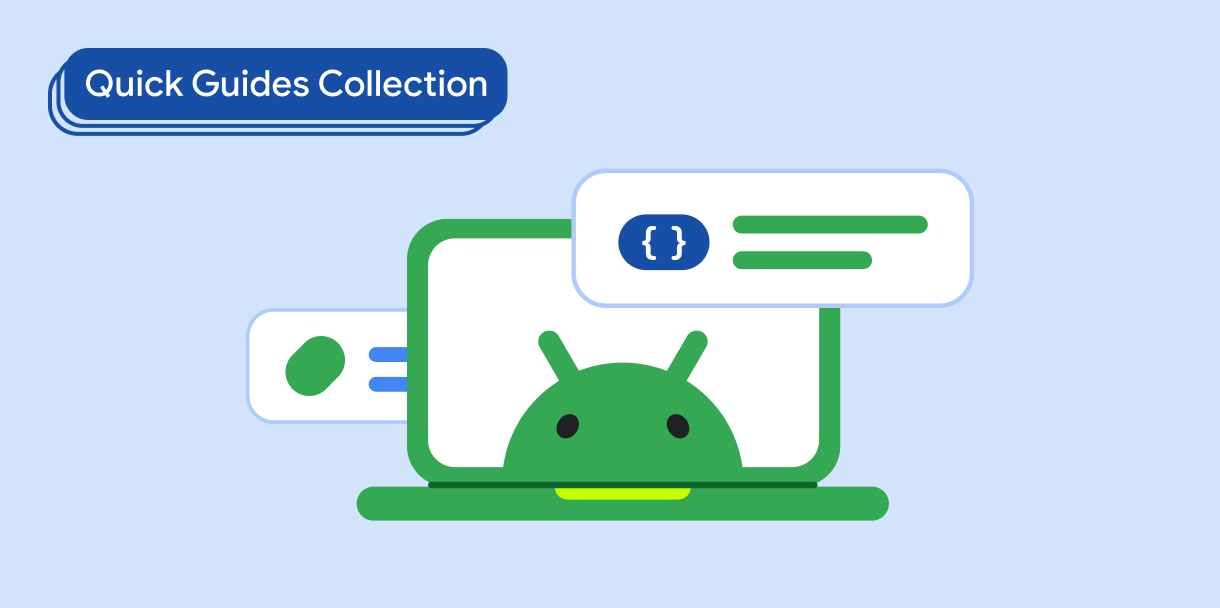Chip bileşeni, kompakt ve etkileşimli bir kullanıcı arayüzü öğesidir. Genellikle simge ve etiketle birlikte kişi veya etiket gibi karmaşık öğeleri temsil eder. Bu düğmeler işaretlenebilir, kapatılabilir veya tıklanabilir olabilir.
Beş çip türü ve bunları kullanabileceğiniz yerler aşağıda verilmiştir:
- Yardım: Kullanıcıya görev sırasında rehberlik eder. Genellikle kullanıcı girişine yanıt olarak geçici bir kullanıcı arayüzü öğesi olarak görünür.
- Filtre: Kullanıcıların bir dizi seçenekten içeriği hassaslaştırmalarına olanak tanır. Bu öğeler seçilebilir veya seçimi kaldırılabilir. Seçildiğinde onay işareti simgesi içerebilir.
- Giriş: Kullanıcı tarafından sağlanan bilgileri (ör. menüdeki seçimler) temsil eder. Simge ve metin içerebilir ve kaldırmak için bir "X" sunabilir.
- Öneri: Kullanıcıya son etkinliğine veya girişine göre öneriler sunar. Genellikle kullanıcı işlemlerini istemek için bir giriş alanının altında görünür.
- Yükseltilmiş: Düz yerine yükseltilmiş bir görünüme sahiptir.
Sürüm uyumluluğu
Bu uygulama için projenizin minSDK değerinin API düzeyi 21 veya üstü olarak ayarlanması gerekir.
Bağımlılıklar
Yardım çipi oluşturma
AssistChip bileşeni, kullanıcıyı belirli bir yöne yönlendiren bir yardım çipi oluşturmanın basit bir yolunu sunar. Bu işlevin ayırt edici özelliklerinden biri, Şekil 1'de gösterildiği gibi çipin sol tarafında bir simge göstermenize olanak tanıyan leadingIcon parametresidir. Aşağıdaki örnekte bu özelliği nasıl uygulayabileceğiniz gösterilmektedir:

Filtre çipi oluşturma
FilterChip bileşeni, çipin seçilip seçilmediğini izlemenizi gerektirir. Aşağıdaki örnekte, yalnızca kullanıcı çipi seçtiğinde önceden işaretlenmiş bir simgeyi nasıl gösterebileceğiniz gösterilmektedir:
Sonuçlar


Giriş çipi oluşturma
Kullanıcı etkileşiminden kaynaklanan çipler oluşturmak için InputChip bileşenini kullanabilirsiniz. Örneğin, bir e-posta istemcisinde kullanıcı e-posta yazarken giriş çipi, kullanıcının "kime:" alanına girdiği adresi temsil edebilir.
Aşağıdaki uygulamada, seçili durumdaki bir giriş çipi gösterilmektedir. Kullanıcı, çipe bastığında çipi kapatır.
Sonuçlar

Öneri çipi oluşturma
SuggestionChip bileşeni, hem API tanımı hem de yaygın kullanım alanları açısından bu sayfada listelenen bileşenler arasında en temel olanıdır. Öneri çipleri, dinamik olarak oluşturulmuş ipuçlarını gösterir. Örneğin, bir yapay zeka sohbet uygulamasında, en son mesaja verilecek olası yanıtları sunmak için öneri çiplerini kullanabilirsiniz.
SuggestionChip için aşağıdaki uygulamayı düşünün:
Sonuçlar

Yükseltilmiş çip oluşturma
Bu dokümandaki tüm örneklerde, düz bir görünüme sahip temel bileşenler kullanılmaktadır. Gelişmiş bir görünüme sahip bir çip istiyorsanız aşağıdaki üç bileşenden birini kullanın:
Önemli noktalar
Dört bileşen, dört çip türüne karşılık gelir ve aşağıdaki parametreleri paylaşır:
label: Çipte görünen dize.icon: Çipin başında gösterilen simge. Bazı composable'larda ayrı birleadingIconvetrailingIconparametresi vardır.onClick: Kullanıcı çipi tıkladığında çipin çağırdığı lambda.
Bu kılavuzu içeren koleksiyonlar
Bu kılavuz, daha geniş Android geliştirme hedeflerini kapsayan, özel olarak seçilmiş Hızlı Kılavuz koleksiyonlarından biridir:




